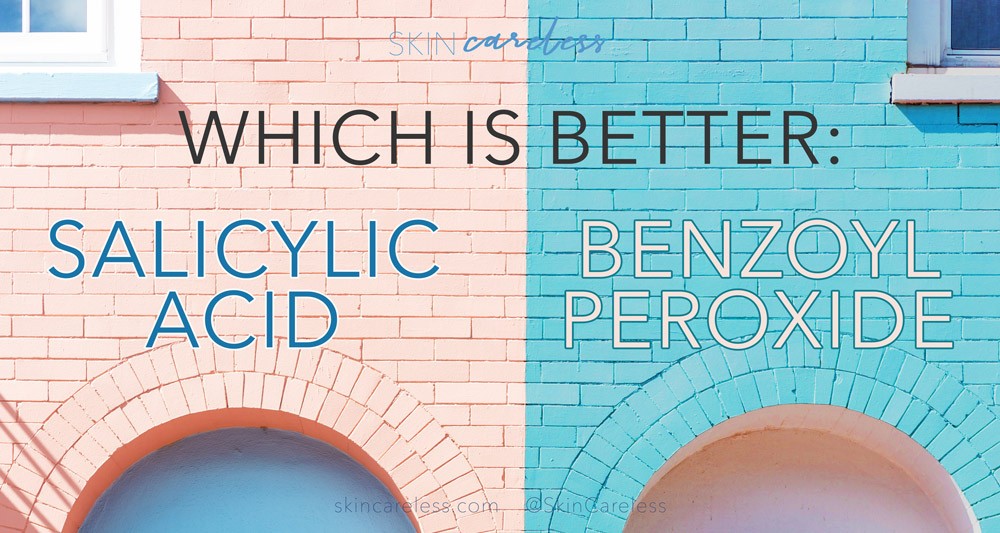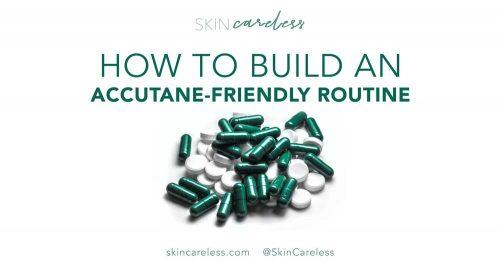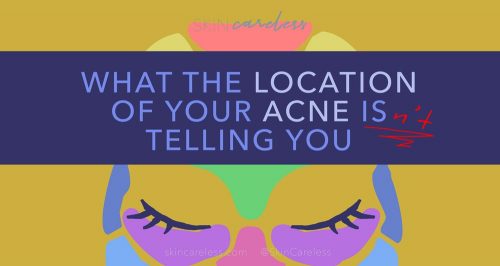Benzoyl peroxide and salicylic acid are the two most-talked-about acne fighting ingredients on the market. Odds are, if you’ve ever tried an anti-acne cream, moisturiser, or face wash, it’s contained one of these two ingredients. They’re both affordable, readily available, and effective – in fact, they both appear on the World Health Organization’s List of Essential Medicines.
But is one better than the other? And how can you tell which one is right for you and your skin?
While at first glance, they may sound similar, there are some big differences between benzoyl peroxide and salicylic acid – including how they work and their potential side effects – which will determine which you should use to treat your acne fast and effectively. Let’s get to comparing.
Salicylic acid
What is salicylic acid?
Salicylic acid is a naturally occurring oil-soluble plant extract from the and acid called a Beta Hydroxy acid (or BHA) that’s related to aspirin. As the name suggests, it’s an acid, which in the skin care world usually means its an exfoliant – a product able to break up layers of old skin cells.
It’s usually found in concentration of up to 2%, either in liquid or cream form.
How does salicylic acid work on acne?
Salicylic acid’s oil-solubility makes it perfectly designed to penetrate through sebum on the surface and in the pores of the skin. It’s able to break the bonds between proteins which keep dried oils and waxes, hair, dead skin and dirt trapped in the pores. Through this comedolytic process it can loosen dried, blocked buildup and create a free pore that looks clear and doesn’t invite bacteria. Thanks to its additional anti-inflammatory properties, it also reduces the size, redness and swelling of existing acne. In this way, it’s wonderful both for treating existing pimples or as a preventative for developing ones that may otherwise turn into future acne, keeping skin clear.
What kind of acne does salicylic acid work best on?
Non-inflammatory blockages – think blackheads and whiteheads – respond very well to relatively mild salicylic acid treatment. While it can offer some help to more severe and inflammatory acne cases, that job is better suited to benzoyl peroxide.
Benefits
Salicylic acid is cheap and easy to find in hundreds of skin care products.
Not only is salicylic acid gentle and well-tolerated by most skin types, but it’s multipurpose! It can also be used as a remedy for many other skin conditions, like as Keratosis Pilaris and dandruff.
By exfoliating away old skin cells, you’ll also get the benefit of revealing fresher looking skin and a reduction in the appearance of large pores.
Drawbacks
Salicylic acid needs to be made at a specific pH level so as to properly exfoliate and clear out the pores. This means being a little more picky and doing your research about the salicylic acid product you buy.
When using an acid product, you may be more sensitive to the sun. It’s especially important to wear sunscreen every day while you’re using salicylic acid as an acne treatment.
Benzoyl peroxide
What is benzoyl peroxide?
Benzoyl peroxide is a manmade medication and cousin of hydrogen peroxide (antiseptic and bleaching agent). It’s usually found in cream or gel form, though also sometimes in cleansers, in concentrations between 2.5%-10%.
How does benzoyl peroxide work on acne?
Benzoyl peroxide works in a distinctly different way to salicylic acid. Its main strength is its antibacterial capabilities. P. Acnes bacteria feed off our sebum and are the root cause of many kinds of acne. Benzoyl peroxide is able to kill these bacteria quickly. Without those bacteria to cause infection and irritation, inflammatory acne all but disappears.
What kind of acne is benzoyl peroxide for?
Benzoyl peroxide is often considered the most effective first-line treatment for mild to moderate inflammatory acne. That’s those red, raised pimples. It’s unparalleled in effectiveness.
It won’t, however, help against existing non-inflammatory (non-infected) pimples, like blackheads, small whiteheads and closed comedones. These kind of pimples aren’t associated with the bacteria benzoyl peroxide can reduce, but rather a blockage in a pore that’s better treated with salicylic acid.
Benefits
Like salicylic acid, benzoyl peroxide is cheap and easy to find at any drugstore.
Drawbacks
While benzoyl peroxide can offer drastic results, it does carry a few more risks than salicylic acid.
A big side effect is excess dryness of the skin, which can develop further into dehydration, irritation, redness and sensitivity, and even burning and stinging with prolonged use. If you have sensitive, dry or compromised skin already and accidentally get a bit over excited with benzoyl peroxide, it’s easy to venture into extremely flaky, red territory very quickly. For this reason, many people aren’t able to use full strength benzoyl peroxide for long periods of time. You instead may choose to use a lower-strength formula (still highly effective), spot treat (only apply to affected areas), or do contact therapy (apply then rinse off a few minutes later). Otherwise, salicylic acid is better tolerated and may be a better choice for you.
Also, by nature benzoyl peroxide is a potent bleach – if it gets onto fabrics (like your towels and sheets, and even your hair!) it will cause significant (and permanent) lightening. So don’t be like teenage me and bleach your mother’s favourite linens – be careful to wash your hands well after application, and try to have a designated set of white sheets and towels to use especially for you!
Choosing between salicylic acid and benzoyl peroxide
The two ingredients are so different, in both how they work and their individual strengths and weaknesses, that choosing whether salicylic acid or benzoyl peroxide is right for you comes down to your unique skin type and the acne that you have. It’s impossible to say which is better for everyone!
If you still aren’t sure and want a clear cut answer, here’s the bottom line.
Choose salicylic acid to treat blackheads and whiteheads, oily skin, sensitive skin, or textured skin with large pores. It excels at exfoliating loose all the existing acne and keeping oily skin clog-free. If you’re unsure, go for this option first!
For inflammatory, cystic, and severe acne, go for benzoyl peroxide. It’s able to kill the root of the problem – the acne bacteria.






[…] dehydration, I recommend a lighter weight moisturiser. Note that just because you’re using acne-fighting products, doesn’t mean you can’t still have a hydrating and soothing […]
[…] Acne fighting […]